Beijing 2022: NBC Olympics’ Chip Adams Reports on New Tech at Venues, Living Life in ‘Closed Loop’
COVID and extreme cold challenge an already complex operation
Every Olympic Games has its own set of new and unique challenges, but the onsite operation for the Beijing 2022 Winter Games has faced the unprecedented hurdle of operating in a closed loop. Designed to prevent the spread of COVID, this bubble has made NBC Olympics’ onsite operations even more complex than usual.
Despite these challenges, NBC Olympics has deployed interesting new technologies and workflows at venues across Beijing: the Figure Skating/Short Track venue, Genting Snow Park, the National Alpine Center, and more.
SVG sat down with Chip Adams, VP, venue engineering, NBC Olympics, to discuss how venue operations have gone so far, how NBC is handling ops for some of the key venues in Beijing, returning to venues from the 2008 Summer Games, the biggest challenges he and his team are facing, and how NBC Olympics’ venue ops have evolved over the years.
How have things been going with respect to venue operations?
Our venue operations are proceeding along basically as expected. Of course, there are the differences in operating within the closed loop: the required mask-wearing, temperature checks, and testing that are part of the protocols outlined in the IOC Playbook. Those are the biggest changes to our operation, along with operating in a very cold winter climate in the mountains.
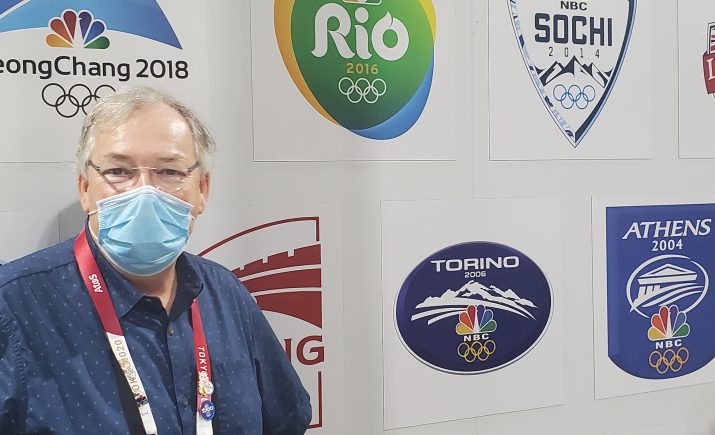
NBC Olympics’ Chip Adams: “For the people that have gone through the gauntlet of tests to get here], the prevailing attitude is one of pride and focusing on the task at hand.”
Can you provide an overview of some the key venues, and how you are handling operations for these venues?
At Figure Skating/Short Track, we had a challenge getting our flypack [provided by NEP Singapore] delivered and set up. It was a tight compound with a circuitous route to get to it. Our cabins are double-stacked, which adds a little extra effort getting the equipment up to those rooms. We did keep most of the heavy racks in the ground-level cabins.
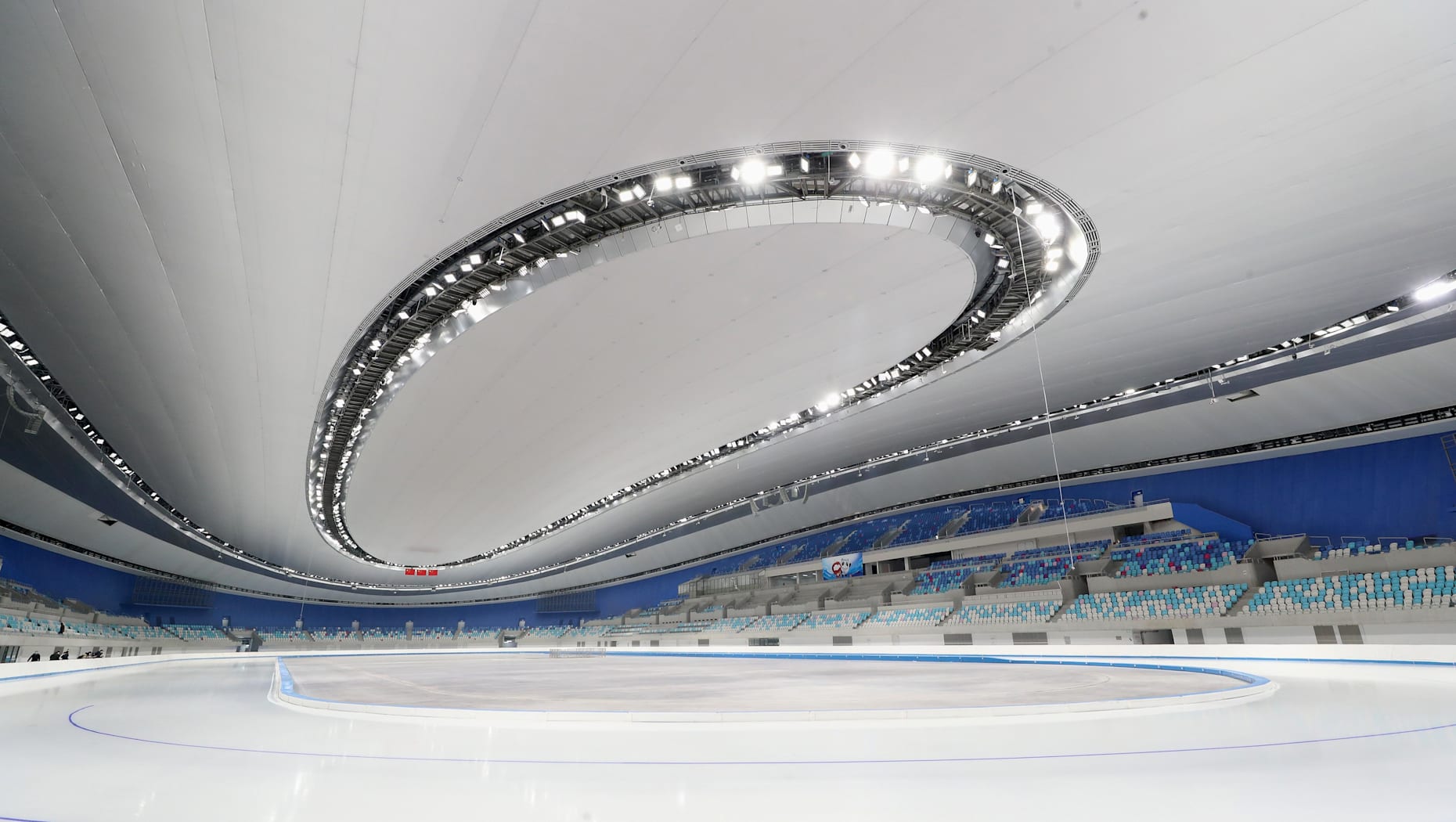
The National Speed Skating Oval is the only new venue built for the Winter Olympics on Beijing’s Olympic Green, the Olympic Park that housed the 2008 Games.
The other challenge is transitioning from the Figure Skating configuration to the Short Track Speed Skating configuration. We need to remove the cameras along the side of the rink for Figure Skating daily to accommodate the Short Track schedule. We had both Figure Skating and Short Track on one day, and that was a busy, long day!
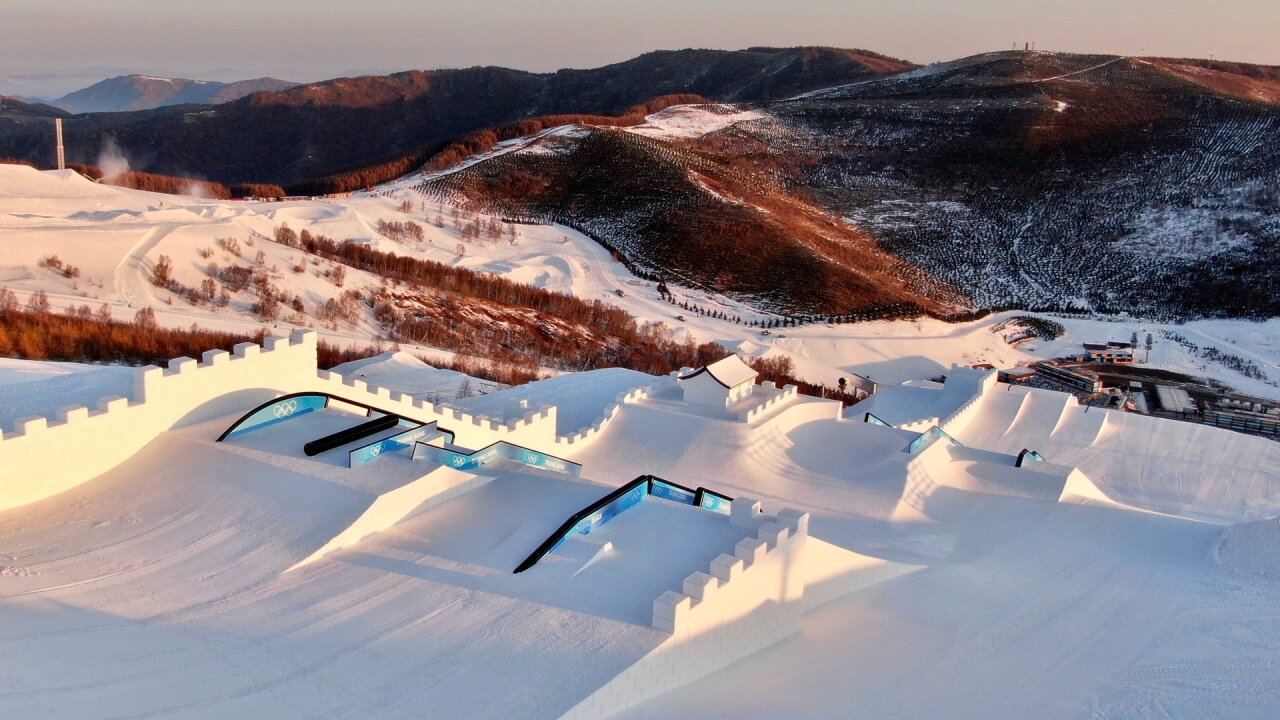
Genting Snow Park is an existing ski resort and serves as the home of Freestyle Skiing and Snowboarding events (apart from Big Air) during Beijing 2022.
At Genting Snow Park, we had three finish areas for the nine different disciplines, with several sessions occurring on the same day. That made for a busy reconfiguration of the mobile unit [Game Creek Larkspur] to get it prepared for the different competition sessions. We also installed extra camera equipment that helped with the quick turnarounds. We relied on OBS and the fiber infrastructure they installed at the venue to help with our RF-camera receive locations and cabled cameras at the venue.
For the National Alpine Center, our larger NBC flypack provided the facilities to cover three courses with two separate finish areas for the 13 events held there, utilizing both NBC and OBS cameras. The challenging schedule there had us re-patching daily to accommodate the OBS split-feed changes between the three courses. Here, we also relied on the OBS fiber infrastructure to help make the reconfiguration a little easier.
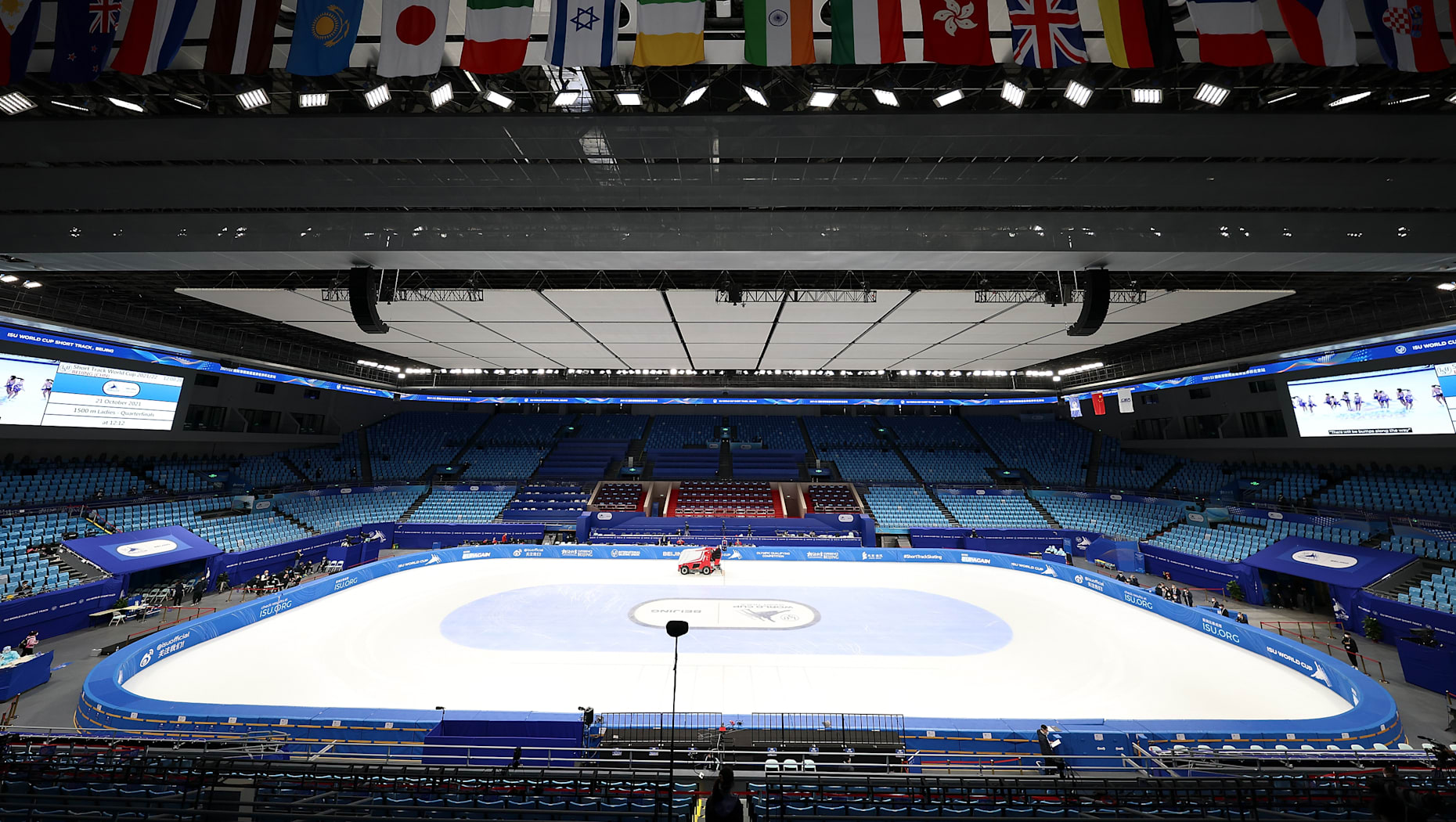
After hosting the volleyball tournament at the 2008 Summer Olympics, the Capital Indoor Stadium is home to the Figure Skating and Short Track Speed Skating competitions during the 2022 Winter Olympics.
Many of the venues used in 2008 are making a return appearance. Have they been updated at all? If so, how has that helped you and the NBC team?
National Indoor Stadium, National Aquatics Center, Wukesong Sports Center, and Capital Indoor Stadium are the 2008 venues that have been repurposed for these Games. The most interesting change is at National Aquatics Center, where they have put four curling sheets on top of the pool that was there in 2008.
All the mountain venues are new facilities, along with the National Speed Skating Oval, which is in the Beijing Olympic Park area.
The National Stadium, “The Bird’s Nest,” is essentially unchanged from 2008, except for the new overlay to accommodate the Opening and Closing Ceremonies.
The mountain cluster is always unique when it comes to venue setup and operations? How have things been going up there?
Things have gone well up in the mountains. The venues are well-prepared for the competition. The only minor inconvenience is related to where things are delivered at the venue — some of the loading zones are in the TV compound and some quite a distance away — but the OCOG has provided facilities to help move items into our compounds.
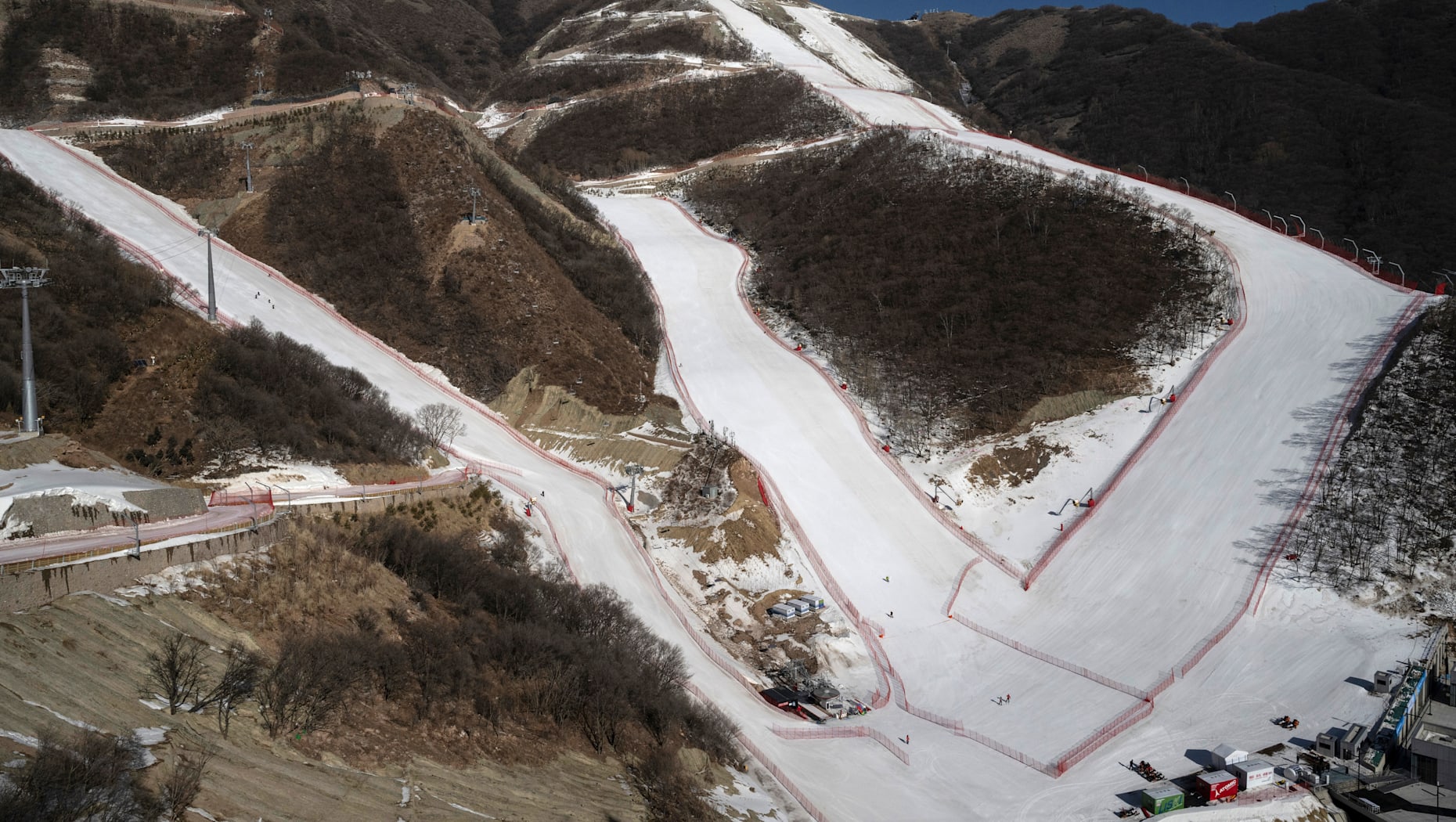
Located in the Xiaohaituo Mountain Area in northwest Yanqing, the National Alpine Ski Centre comprises seven courses, with the largest vertical drop reaching 900 meters.
What have been some of the biggest challenges? What has gone better than expected?
The struggle at the mountain venues is the weather. The temperature ranges from -30C to -5C, and, with a little wind, it’s cold! When it’s that cold, everything slows down and gets a little more challenging. From patching fiber to moving equipment to other positions, it just takes a lot more time and patience to get things ready.
How has your team performed under very challenging circumstances? How proud are you of all they have been able to accomplish despite the challenges?
For the people that have gone through the gauntlet of tests to get here, the prevailing attitude is one of pride and focusing on the task at hand. Everybody is helping in different areas when needed. We have members of our team doing everything they can to chip in and bring the action to the millions of viewers at home in the U.S. It’s a great “Team” effort.
